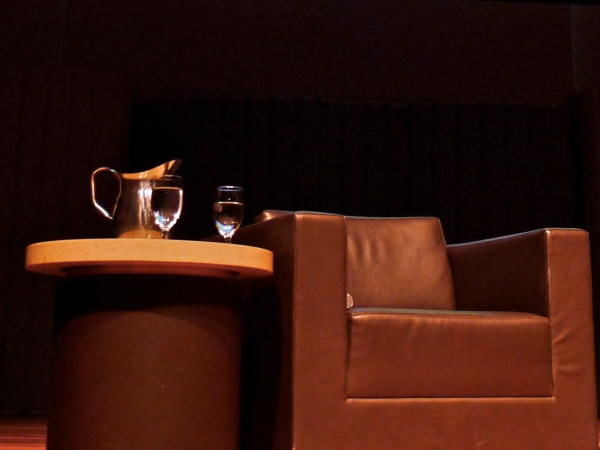 Earlier this month I had the opportunity to serve as rapporteur at the Center for Media & Social Impact‘s 10th annual Media That Matters conference. I described the experience in two previous posts, “5 Tips For Storytellers” and “3 Questions Every Event Photographer Should Ask.” Now you can see the results: I posted the finalized rap report on the Center’s website this afternoon, complete with links and photos.
Earlier this month I had the opportunity to serve as rapporteur at the Center for Media & Social Impact‘s 10th annual Media That Matters conference. I described the experience in two previous posts, “5 Tips For Storytellers” and “3 Questions Every Event Photographer Should Ask.” Now you can see the results: I posted the finalized rap report on the Center’s website this afternoon, complete with links and photos.
It took quite a while to organize my pages and pages of notes into a narrative, but I think it turned out alright. Here’s how it begins:
This year’s conference opened with a keynote discussion between Center Creative Director Caty Borum Chattoo and guest speaker Alden Stoner, the Vice President of Social Action Film Campaigns at Participant Media. Stoner introduced some of Participant Media’s most significant films in an opening sizzle reel, including “Waiting for ‘Superman,’” “Middle of Nowhere,” and “An Inconvenient Truth.” Then she took the audience through the stages of developing a social action film campaign.
The process of developing campaigns, much like in independent media, begins with research into and discovery of the issues related to and raised by the film. Stoner and her team look for the best ways to integrate the campaign with the film’s social context, engage primary stakeholders like NGOs, foundations, and partner organizations, and reach and inspire and target audiences. All of this knowledge is then distilled down to create a coherent issue- and film-specific theory of change, which serves as the basis of the campaign that Participant Media ultimately activates.
The key, Stoner explained, is to focus on one goal at a time and find out where the tipping point is. If the film is highlighting a relatively new issue, the campaign’s first goal might involve raising awareness, “just putting something on the agenda.” If the film addresses a widely-acknowledged problem like hunger or global warming, the first goal might be to educate the audience on what actions they can take. Once you achieve your first goal, you can reevaluate and focus on the next step. Stoner’s strategy outline closely echoes recommendations in the Center’s own report on “Designing for Impact.”
Stoner gave the example of Participant’s Take Your Place campaign, organized around the 2012 documentary film “A Place at the Table,” to combat hunger in the United States. Participant worked with over a hundred NGOs to inspire action on both local and national levels by telling stories about SNAP, the food stamp program, and addressing the SNAP stigma. Stoner recalled how one woman who had been on SNAP came forward to thank them for challenging the stereotypes of people who use food stamps. “That’s the power of putting a face on these issues,” Stoner said. The Take Your Place campaign helped galvanize a movement that culminated in the signing of the Agriculture Act of 2014 the very morning of the conference.
Stoner attributes the success of the campaign in part to the involvement of multiple stakeholders and audiences. Filmmaker passion and commitment can make the difference between a good campaign and a great one, Stoner said. She explained how creating multiple entry points into a campaign through multimedia–games, for example–can draw millennials in and educate them at the same time. “Throw a little spinach in the popcorn and maybe no one will notice,” she laughed. Continue reading….